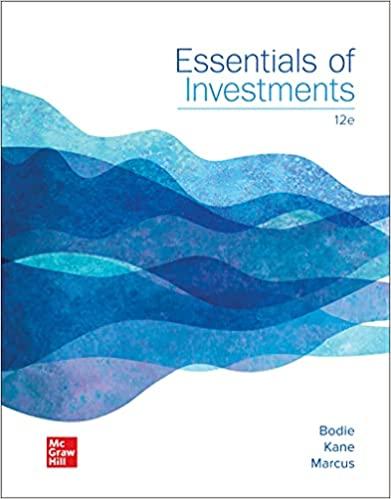Answered step by step
Verified Expert Solution
Question
1 Approved Answer
Production facilities for the fresh papaya juice product would be set up in an unused section of Sullivan s main plant. Relatively inexpensive used machinery
Production facilities for the fresh papaya juice product would be set up in an unused section of Sullivans main plant. Relatively inexpensive used machinery with an estimated cost of only $ would be purchased, but shipping costs to move the machinery to Sullivans plant would total $ and installation charges would add another $ to the total equipment cost. Further, Sullivans inventories raw materials, workinprocess, and finished goods would have to be increased by $ at the time of the initial investment. The machinery has a remaining economic life of years, and the company has obtained a special tax ruling that allows it to depreciate the equipment under the MACRS year class. Use the following depreciation schedule for your analysis:
Year MARCS Year : Year : Year : Year :
The machinery is expected to have a salvage value of $ after years of use.
The section of the plant where the juice production would occur has been unused for several years, and consequently had suffered some deterioration. Last year, as part of a routine facilities improvement program, Sullivan spent $ to rehabilitate that section of the main plant. Will Smith believes that this outlay, which has already been paid and expensed for tax purposes, should be charged to the papaya project. His contention is that if the rehabilitation had not taken place, the firm would have to spend the $ to make the site suitable for the papaya juice project.
Sullivans marketing department estimated that current annual demand for the papaya juice product would be cartons of the new juice product, at a price of $ per carton, but $ per carton would be needed to cover fixed and variable cash operating costs. However, marketing estimates that produce demand will increase by cartons each year and that the price per carton will increase by per year over the economic life of the project. Accounting estimated that operating costs will increase by per year above current operating costs.
In examining the sales figures, you note a short memo from Sullivans sales manager expressing concern that the fresh juice project would cut into the firms sales of frozen orange juice. Specifically, the sales manager estimated that orange juice concentrate sales would fall by percent if fresh papaya juice were introduced. You then talked to both the sales and production managers, and concluded that the new project would probably lower the firms orange juice concentrate sales by $ per year, but at the same time, it would also reduce production costs for this product by $ per year, all on a pretax basis. For simplification, no inflationary pressures are associated with the decrease in orange juice sales and reduced production costs.
To evaluate the project, you have had access to the following information.
Sullivans longterm debt consists of coupon, semiannual payment bonds with years remaining to maturity. The bonds traded last week at a price of $ per $ par value bond. The bonds are not callable and are rated A
Management has an aversion to shortterm debt, so Sullivan uses such debt only to fund cyclical working capital needs.
Sullivans federalplusstate tax rate is
The firms last dividend Do was $ and dividends are expected to grow at about a rate in the foreseeable future. Sullivans common stock now sells at a price of $ per share.
The current yield on longterm Tbonds is and a prominent investment banking firm has recently estimated that the market risk premium is over Treasury bonds. The firms historical beta, as measured by several analysts who follow the stock, is
The required rate of return on an average Arated companys longterm debt is
The optimal capital structure for Sullivan calls for longterm debt and equity financing.
You are asked to analyze the project, and then to present your findings in a tutorial manner to Sullivans executive committee. The CEO wants you to educate some of the other executives, especially the marketing and sales managers, in the theory of capital budgeting so that these executives will have a better understanding of his capital budgeting decisions. Therefore, you have decided to ask and then answer a series of questions as set forth below. Specifics on the other two projects that must be analyzed are provided in Questions and
Questions Include your answers following each question.
What is the projects NPV IRR, and modified IRR MIRR margin of error and payback? Should the project be undertaken?
Step by Step Solution
There are 3 Steps involved in it
Step: 1

Get Instant Access to Expert-Tailored Solutions
See step-by-step solutions with expert insights and AI powered tools for academic success
Step: 2

Step: 3

Ace Your Homework with AI
Get the answers you need in no time with our AI-driven, step-by-step assistance
Get Started


